
Teaching and learning resources for the construction industry with NVQ and Diploma Assessment Criteria
All Fires are not the same, each fire must be tackled using the Correct Fire Extinguisher.
There are Six Different Fire Classes A – F and there are a number of different Fire Extinguishers to choose from, not choosing the correct extinguisher could cause more Damage or even put yourself at Risk.
If we have a look at Fire Classes E for example, if we are using a Water Fire Extinguisher we put ourselves at Risk to receive Electric Shock, on the other hand if we use the same Fire Extinguisher on Flammable Liquids or Oils we will Spread the Fire.
So, as you can see! you need the Right extinguisher for the Fire Class.
Further information below or see Fire Extinguisher Chart.
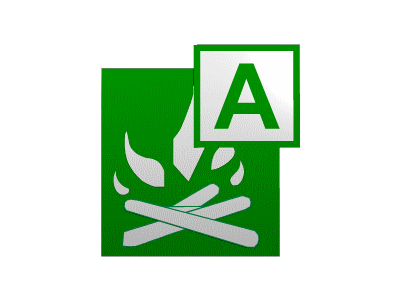
Fire Class A
A Class fires: are fuelled by the following examples of materials, Timber, Paper, Textiles Cloth, Trash and Plastics.
When using a water fire extinguisher you must be aware of your surroundings for example, is there any electrical sockets nearby.
To minimise the risk of fire you should have Good Housekeeping Systems in place?
Combustible materials should be stored safely and/or rubbish removed this forms part of your responsibilities under the Health & Safety At Work Act.
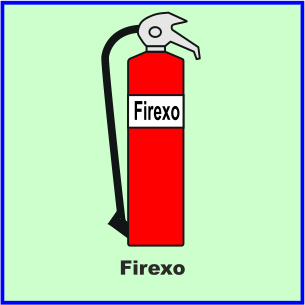
Types of
Fire Equipment
you can use on
Class A fires
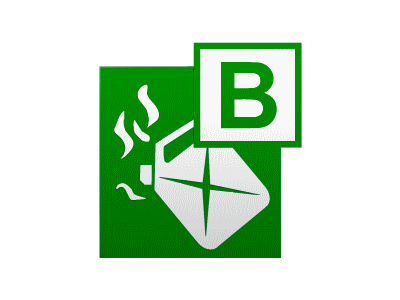
Fire Class B
Class B fires: are fires in flammable liquids such as gasoline, petroleum greases, tars, oils, oil-based paints, solvents, alcohols also include flammable gases such as propane and butane.
So if you’re going to store flammable materials you are going to need a secure location with the appropriate Warning Sign and Data Sheets.
It goes without saying smoking should only be allowed in a safe area which should have been highlighted in your Site Induction.
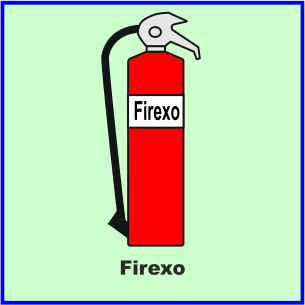
Types of
Fire Equipment
you can use on
Class B fires

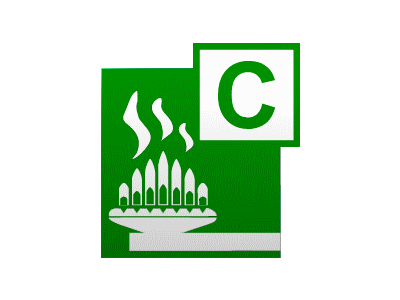
Fire Class C
C Class Fires describe those which involve Flammable Gases such as Butane, Propane and Petroleum Gases can be Very Dangerous.
Did you know and the COSHH Regulations you need to Store Flammable Gases in a Secure Metal Cage with the appropriate Warning Signs
Access to stores should be controlled so that material does not become dispersed haphazardly around the site.
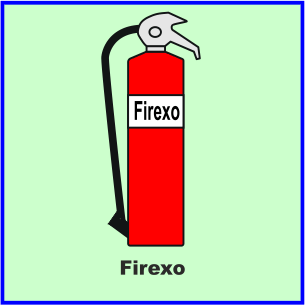
Types of
Fire Equipment
you can use on
Class C fires

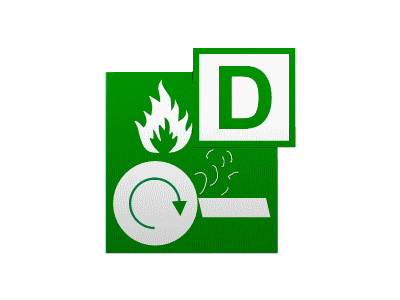
Fire Class D
D Fires Class : comprise of combustible metal fires, involving metals such as potassium, sodium, aluminum and magnesium.
Only certain metals are flammable.
Examples of combustible metals include sodium, potassium, uranium, lithium, plutonium and calcium.
Most Class D fires involve magnesium and titanium.
Standard Fire Extinguishers will not put out a Class D Fire and, if used on this type of Risk, will almost certainly make the situation worse.
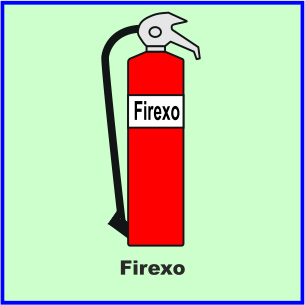
Types of
Fire Equipment
you can use on
Class D fires
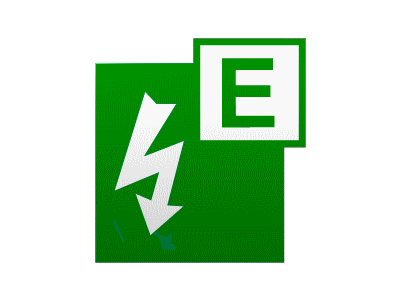
Fire Class E
Electrical Fires: Formerly Class E
Not classed in the same way as other classifications, electrical fires refer to any blaze ignited by electrical equipment.
Demanding an incredibly sensitive response, this type of fire should never be tackled with water or conductor that could prove to be fatal.
To avoid falling victim to a fire of this nature, property owners should carry out a lengthy examination of all installations to ensure that they are operating properly and are unlikely to experience a fault that could lead to a fire.
In the event that an electrical fire does break out, the appropriate action to take is to first switch off the power, then apply a carbon dioxide or dry powder to any remaining flames.
These extinguishers can also be used if the electrical supply is of a low voltage.
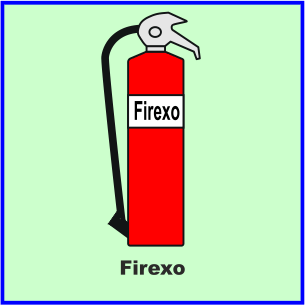
Types of
Fire Equipment
you can use on
Class E fires
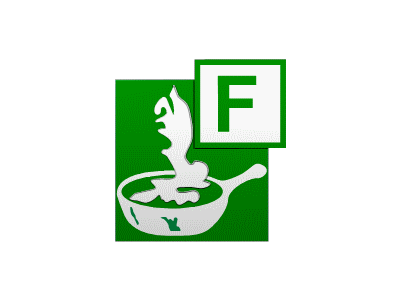
Fire Class F
Fire Class F Fires involve cooking oil and fats.
These ignite at very High Temperatures making them difficult to extinguish.
This type of fires is Extremely Dangerous you need to use a Wet Chemical Fire Extinguisher or Firexo Extinguisher.
You must turn off the Power Supply if it Safe to do so, the supply could be gas or electric.
These types of Fire Extinguishers contain a special formula of Wet Chemical Solution that calls and suffocates when applied to the burning fat or oils.
The Wet Chemical process seals the surface and Prevent Reignition of the fire.
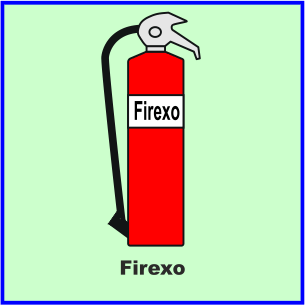
Types of
Fire Equipment
you can use on
Class F fires